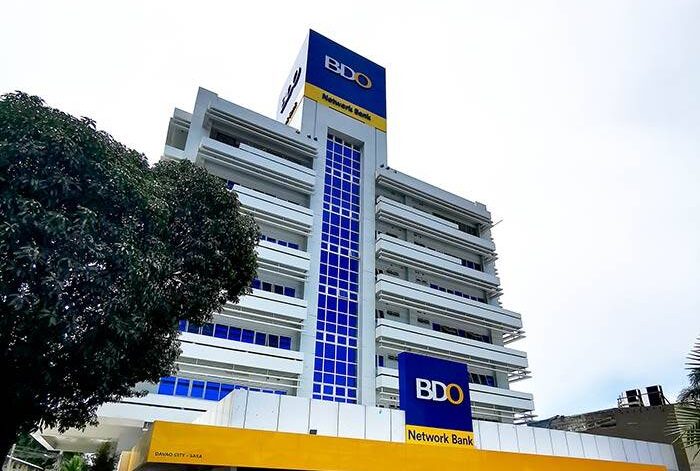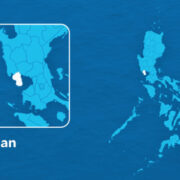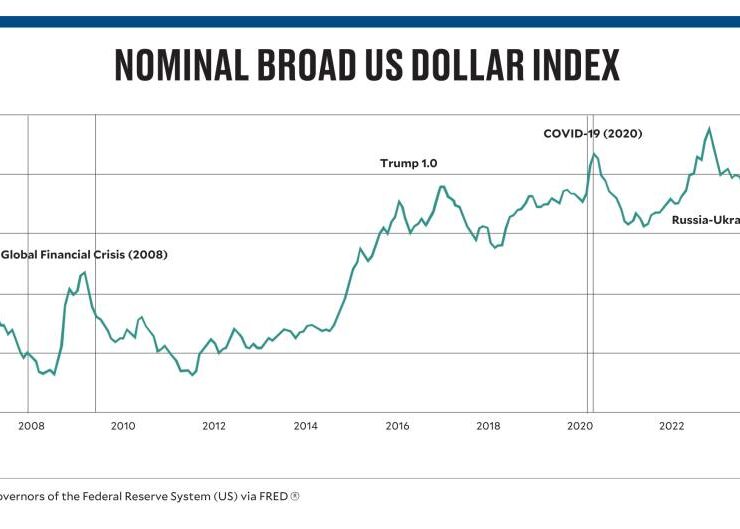‘Green’ is hot: BDO’s P115-B bond deal size sets new PH record

BDO Unibank Inc. raised P115 billion from a warmly-received sustainability bond offer—the single largest debt paper issuance seen in corporate Philippines.
Surpassed only by the government’s Retail Treasury Bond floats, BDO’s latest sustainability bond issuance is 23 times its original size of P5 billion. This is attributed to strong demand from both retail and institutional investors.
The Sy family-led bank issued, settled and listed the notes on Tuesday.
BDO’s Association of Southeast Asian Nations (Asean) sustainability bonds, its fourth issuance under this category, have a tenor of 1.5 years and carry a yield of 5.875 percent per annum.
Proceeds will be used to fund eligible projects under BDO’s Sustainable Finance Framework, including those related to renewable energy, green buildings and pollution prevention, among others.
These will also be used to support BDO’s lending activities and diversify its funding sources.
ING Bank NV Manila Branch was the sole arranger and sustainability coordinator.
BDO and ING were the selling agents, while BDO Capital and Investment Corp. was the financial advisor for the issuance.
The fourth issuance follows three others that also saw robust demand. BDO raised P52.7 billion in January 2022, another P63.3 billion in January 2024 and P55.7 billion in July 2024, reflecting investors’ growing preference for sustainability financing.
BDO logged its highest first-semester net income this year at P40.6 billion, up by 3 percent from the same period in 2024 on the back of stronger lending.
Net interest income grew by 7 percent to P98.1 billion, thanks to a 14-percent climb in gross customer loans to P3.4 trillion.
Despite the lending growth, its nonperforming loans ratio, a key indicator of asset quality, eased to 1.75 percent from 2.06 percent previously.
However, investments in market coverage and higher information technology spending tempered overall growth.
BDO president and CEO Nestor Tan earlier warned that the country’s largest lender may grow at a slower pace this year, as the central bank’s monetary policy easing would likely drag its margins.
Rate cuts typically mean that banks would earn less interest from loans taken out by customers, thus impacting interest margin and overall profitability.





















